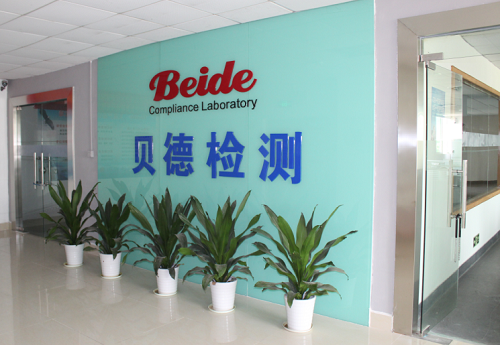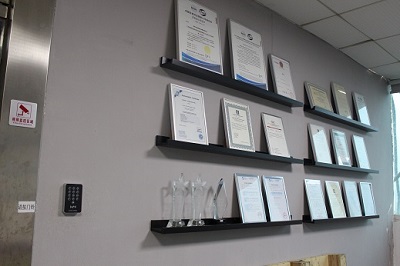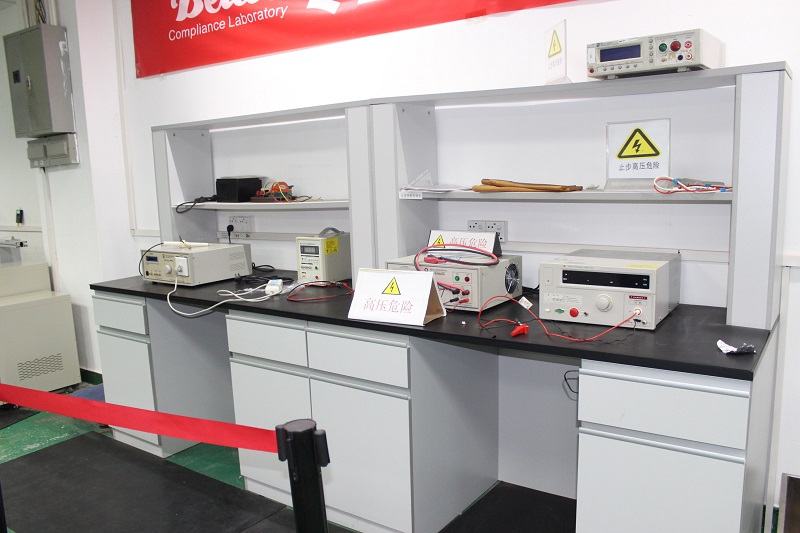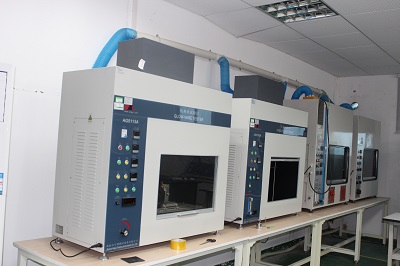1、 What is WEEE?

WEEE, abbreviated as Waste Electrical and Electronic Equipment Directive, is an EU directive in Chinese. The current directive number 2012/19/EU came into effect on August 13, 2012. According to the directive, each member state of the European Union is responsible for the recycling and management of waste electronic and electrical equipment in each country.
2、 About WEEE registration in Germany?
Germany has formulated the ElectroG Act (Electronic and Electrical Appliances Act) in accordance with the European Union's WEEE directive. According to the requirements of the Act, each manufacturer or importer must complete the registration of their respective products. The Act came into effect on March 16, 2005. The German government authorizes Stiftung EAR (Elektro Altgeraete Register) to manage the registration of various manufacturers. According to the requirements of the bill, manufacturers outside Germany must have a branch located in Germany responsible for registration. If there is no branch located in Germany, an authorized person is required.
The German environmental protection department issued a decree on June 24, 2016, requiring overseas electronic and electrical products sold on the Amazon platform to register for WEEE, and merchants who have not obtained a WEEE registration code must stop selling products.
3、 WEEE registration process:
1. Merchants fill out the registration application form and submit it
2. Proposed contract and fee details for the recycling company
3. After confirmation by both parties, the recycling company will issue a formal quotation
4. Merchant Payment
5. Recycling company submits materials for EAR review
6. EAR issues WEEE codes and enters them into the German electronic recycling computer query system
7. Registration completed.
4、 What products are WEEE suitable for?
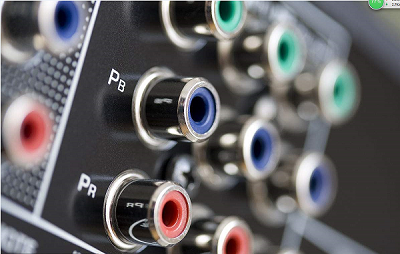
According to ElectroG2 (August 15, 2018 edition), electronic and electrical equipment referred to in this Act includes the following categories:
1) Heat exchangers, such as refrigerators and air conditioners;
2) Monitoring equipment and devices with a screen area exceeding 100cm2, such as televisions and laptops;
3) Luminaires, such as LED lights and energy-saving lights;
4) At least one large equipment with an external size exceeding 50cm, such as medical equipment;
5) Small household appliances with external dimensions not exceeding 50cm, such as hair dryers and desk lamps;
6) Small IT and communication devices with external dimensions not exceeding 50cm, such as mobile phones and routers.
About Bede
